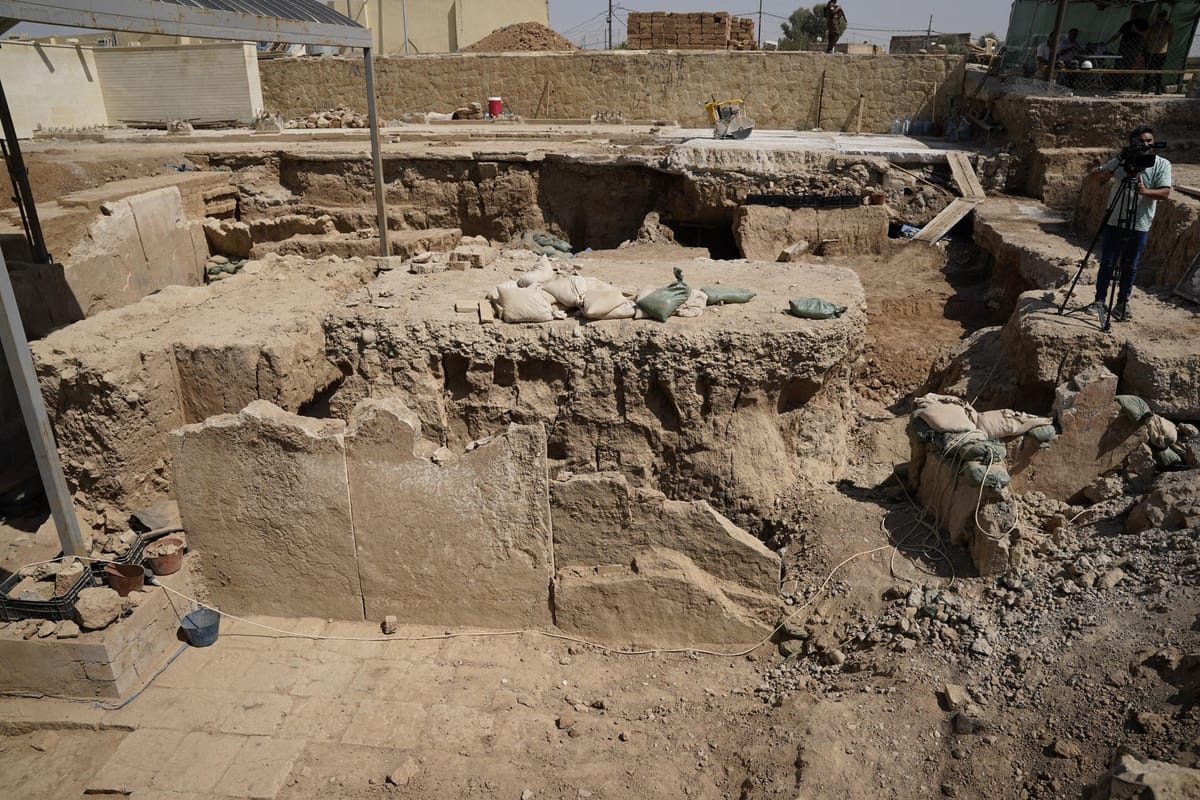Largest Known Assyrian Winged Bull and royal clay tablets uncovered in ancient Nineveh
Archeologists have announced new discoveries from ancient Assyria.

A team of archeologists have announced the discovery of what is believed to be the largest Assyrian winged bull ever unearthed. Standing approximately 6 meters tall, this colossal statue was found inside the throne hall of King Ashurbanipal's palace, in Nineveh, behind the Prophet Jonah shrine.
“This is an unparalleled moment in Assyrian archaeology,” the Director of the Nineveh Antiquities and Heritage Inspectorate was quoted by international media. “We have never before uncovered a winged bull of this magnitude.”
Archaeologists, working in partnership with Germany’s Heidelberg University and local heritage authorities, say this remarkable find helps reshape our understanding of Assyrian architecture and royal symbolism. Smaller replicas of the winged bull were discovered alongside it, helping experts confirm the scale of the ancient throne hall.
Other finds at the site include clay tablets inscribed by Assyrian kings such as Sennacherib, Ashurbanipal, and Esarhaddon, and artifacts believed to represent war spoils from Egypt and the Levant.
It is estimated that only a fraction of ancient Assyria’s archaeological sites have been excavated, with new discoveries continuing to emerge across the Assyrian heartland in northern Iraq.




